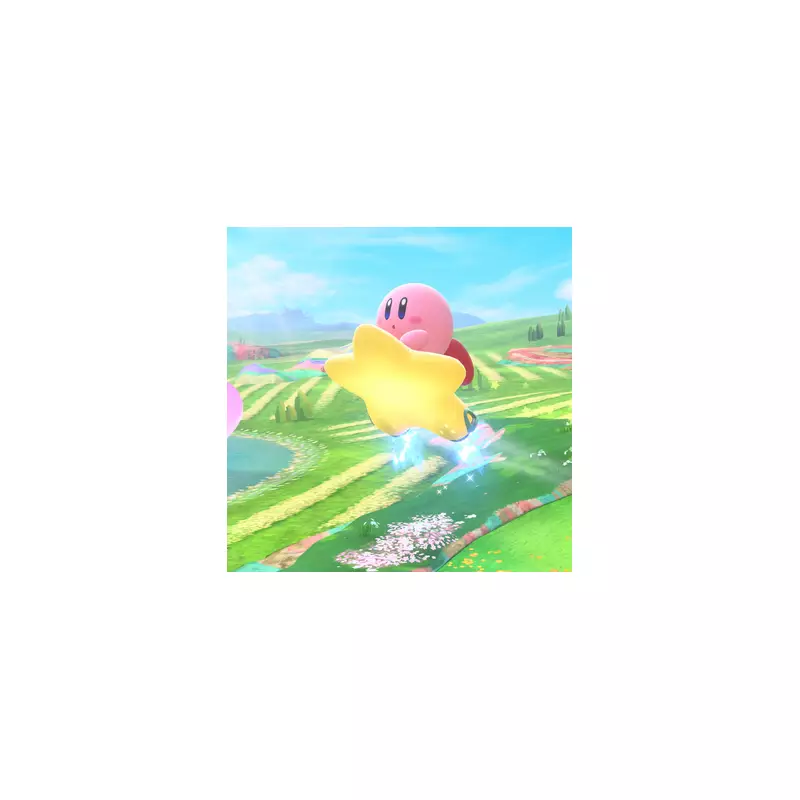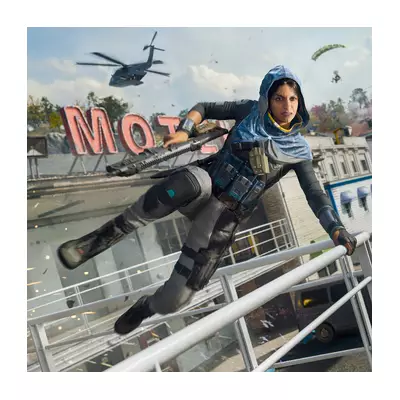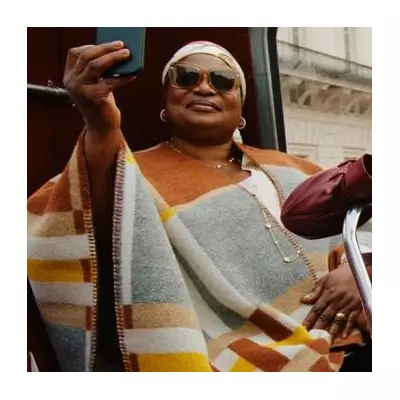
Kirby Air Riders has arrived on the Nintendo Switch 2, delivering a refreshingly chaotic kart racing experience that dares to be completely different from its more polished peers. Released on 19 November 2025, this sequel to the Nintendo GameCube classic serves as a wonderfully off-kilter alternative to the established racing genre.
A Sakurai Masterpiece of Controlled Chaos
More than any Kid Icarus or Super Smash Bros. title, Kirby Air Riders solidifies the creative vision of director Masahiro Sakurai. The game presents ideas that few other designers would dare include in a kart racer, especially one featuring a character typically associated with younger audiences. Describing it merely as a kart racer doesn't capture its unique essence, as it stands apart from both Mario Kart World and this year's excellent Sonic Racing: CrossWorlds.
While finishing first remains a nominal goal, how you achieve victory is always unpredictably chaotic. This isn't a racing game for everyone, but for those willing to meet it on its own terms and relinquish traditional control expectations, it becomes a joyous and creative party game that exemplifies the Nintendo Switch 2's best offerings.
Generous Package With Endless Variety
The game's joy stems from its incredibly generous package. Rather than copying Mario Kart World's tournament system or open-world setting, Air Riders follows the opposite approach established by the original GameCube title. This isn't a racer about improving driving skills through practice; it's about indulging in short bursts of fun that happen to involve riding flying machines.
Some of the most enjoyable moments in approximately 30 hours of gameplay didn't involve racing to the finish line at all. Instead, players can engage in offbeat mini-games like gobbling up endless food or spin-attacking large bosses within time limits. These racing twists are where Kirby Air Riders truly thrives, creating a unique flavour of chaotic karting that feels entirely fresh.
Automatic Acceleration and Strategic Boosting
The main Air Ride mode presents the most familiar racing experience, yet it's infused with oddness through its automatic acceleration system. Mirroring the original GameCube game, forward momentum is handled automatically, with boosting around corners and hovering over enemies both tied to the B button. While this control scheme feels limiting compared to other racers, it creates an empowering experience that places strategic importance on cornering.
Take a corner too wide without boosting, and rivals will speed past. Hold the boost button too long during a drift, and your vehicle comes to a complete stop. This creates a surprising level of complexity from a single main button input, though it can sometimes make the game feel like it's playing itself. The addition of copying enemy abilities as power-ups and character-specific special attacks provides plenty of actions to manage while racing through stunning locations.
City Trial and Road Trip Modes
Where most chaotic elements converge is in both City Trial and the all-new Road Trip single-player mode. City Trial remains as ramshackle as its GameCube predecessor, forcing players to speed through a map searching for the best power-ups and vehicle upgrades. The player with the best-powered machine gains an edge in the subsequent Stadium Contest mini-game.
The Nintendo Switch 2's graphical power adds urgency to City Trial, with flying across the map at mostly silky 60fps seriously ratcheting up the stakes. However, the mode currently features only one starting map, making exploration somewhat repetitive.
Road Trip delivers one of the most 'out there' Nintendo narratives ever witnessed, reminiscent of the Subspace Emissary from Super Smash Bros. Brawl. This single-player story mode is equally lavish and bonkers in its execution, providing solo players with a great way to experience the same madcap randomisation found in City Trial.
Minor Shortcomings in an Otherwise Excellent Package
The game's embrace of randomisation represents one area where it slightly falters. While relinquishing control enhances chaos in main races, not all Stadium Contest mini-games in City Trial and Road Trip are created equal. Challenges like gliding into a wall of numbers prove less exciting than others, and some events feel either inconsistent or end too quickly.
Visually, Kirby Air Riders looks absolutely stunning on Nintendo Switch 2, achieving that mostly consistent 60fps even in handheld mode. The game serves as the anti-Mario Kart World, making up rules as it goes along rather than working within established karting conventions.
This is very much a sequel to the 2003 original, finally freed from the technological limitations of that era. While Kirby Air Riders won't satisfy everyone seeking a pure racing experience, it delivers tremendous fun through boosting and competing in countless creative mode types. It's the kind of family-friendly kart racer that only Nintendo – and specifically Sakurai – could create, earning a solid 4 out of 5 rating for its bold creativity and chaotic charm.




